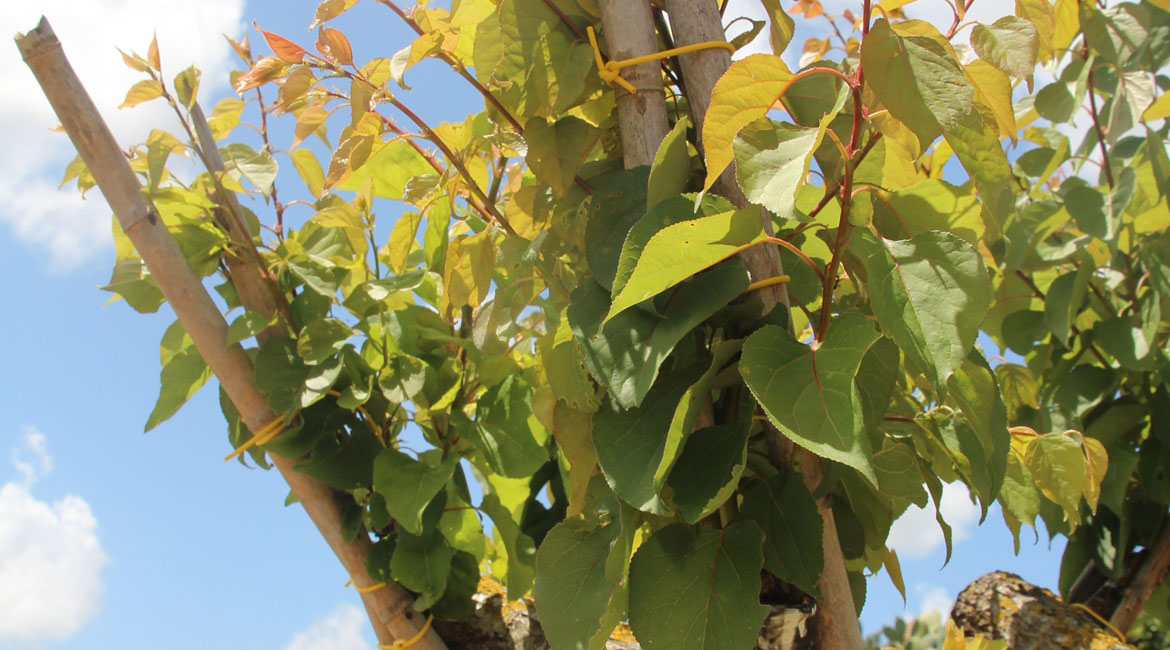Botany
You are here
The vegetation landscape of the calcareous reliefs complex in Trapani Mountain range is constituted by a mosaic of plant formations,-both shrubby and herbaceous, of distinctively Mediterranean origin. The most characteristic element of this landscape is the grassland steppe of Ampelodesmos mauritanicus, locally known as “disa”, with its luxurious floristic cortege and pterophytes (annual plants) associated to small shrubs such as Micromeria graeca subsp. graeca, Calamintha nepeta, Asparagus albus or Chamaerops humilis, -the dwarf palm- which confer a high identity value to the Trapani Mountain range. This ecosystem, dynamically associated to forest formations (oak woods) can represent, on one hand, the last stage of a long process of degradation of natural vegetation provoked by repeated burnings and by the action of deforestation itself; on the other hand it can also be the first stage of a recolonization process followed by the abandonment of marginal agricultural areas -as testimony of several signs of anthropization (terraces, dry stone walls, clusters of stones product of landslides over small rural structures).
There are numerous floristic species present in this zone, holding high phytogeographical interest, by example some Sicilian endemic species such as Brassica villosa ssp. bivoniana, Carlina sicula ssp. sicula, Centaurea parlatoris, Centaurea criae ssp. ucriae, Convolvulus tricolor ssp. Cupanianus, - or endemics restricted to Trapani Mountains such as Brassica villosa ssp. Drepanensis; or also species restricted to a single biotope, as Erica sicula ssp. Sicula, confined to the slopes of Monte Cofano or Cynara cardunculus var. zingaroensis, restricted to Lo Zingaro Reserve.
Forest formations are true islands of diversity; they are reduced to relicts of fossil forests, (Bosco di Angimbè or Monte Scorace) or forest artificial masses comprising conifers and exotic woods (Monte Inici, Sparagio, Scorace, Baronia), overlapping original natural formations.
The agricultural traditional landscape of clayish hills and plains, was at some point characterized by cereal crops, -where crop rotation consisted of gramineous alternation (wheat, oat and barley) and legumes (beans among others), mixed up with arable crops (sporadically associated to almond fields). This landscape has been substituted in numerous zones by extensive vineyards, leaving the small arable and vegetable crops isolated.




